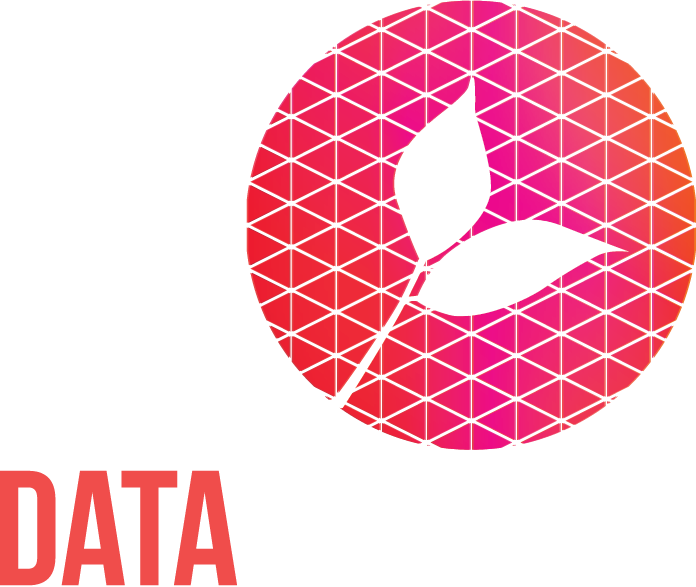Data storage in nonprofits
What we learned from our June nonprofit datafolk club
Every month we bring together data folk from the nonprofit community for a workshop as part of our Nonprofit Datafolk Club. It’s a relaxed, interactive online event where we chat informally about a data topic of interest.
In June, we discussed the topic of data storage with an excellent group of data folk, ranging from analysts and officers up to senior managers across data and data visualisation, business intelligence, and impact and evaluation roles.
We asked attendees about what data their nonprofit held and how they stored it; the strengths and weaknesses of different data storage approaches; and where they would like their nonprofit’s data storage stack to be in 5 years’ time.
Please note: We are not affiliated with and do not endorse any of the service providers mentioned in this article.
What data did people have and how did they store it?
Our attendees held a wide range of different types of data in their organisations, including service user and donor data, marketing, finance, HR, feedback, and outcomes data. Some organisations were using the Cloud, while others stored their data on local hardware such as servers and computers (on-premises storage). Data was held in a variety of locations including:
Spreadsheets including CSV files, Microsoft Excel, Google Sheets
File-sharing cloud platforms such as Microsoft Sharepoint
Data warehouses such as Google BigQuery
Databases using software such as Microsoft Access, Microsoft Azure, Oracle
Customer Relationship Management (CRM) solutions such as Salesforce, Charitylog, Raiser’s Edge, Donorflex, Microsoft Dynamics
Grants management software such as Good Grants
Cloud-based survey tools such as SmartSurvey
Opportunities and Challenges
Many of our attendees mentioned benefits of using cloud-based services, such as being able to share links to files that can be worked on together, instead of attaching copies and then having to integrate changes. They appreciated that some services provided ‘hot’, ‘cool’ and ‘frozen’ zones that were priced according to how often you wanted to access the data, and that several services provided good in-built reporting and easy data export for further analysis. They also noted that nonprofit discounts were always worth investigating as they can significantly reduce costs.
Some people were finding it difficult to work out the potential costs of cloud storage – with price being a significant barrier to access – and where best to store different data types based on what they are used for. There were also concerns about the security and ethics of storing data with third party contractors, and data interoperability (being able to share information between different systems). People noted that dealing with data could become quite complex when organisations ended up with a mixture of cloud-based and on-premises storage. Whatever the storage approach, people emphasised that it was important to have clear guidelines and standards, a shared understanding across the organisation, and linked datasets where necessary.
Looking to the future
In 5 years’ time, people generally agreed that they wanted their data to all be in one place – or otherwise for there to be well-established links between different storage locations. They wanted data to be more accessible in real time, and for the process of accessing it to be intuitive and user-friendly, helping to contribute towards good quality, validated data that can be used to inform decision-making. Some mentioned automated update and retrieval processes and connections with visualisation and analysis software. People were divided between whether they hoped that their storage would be entirely cloud-based, or entirely in-house, removing reliance on 3rd party providers. Importantly, they wanted improvements in data storage to come at a reasonable financial cost for their organisation.
Join the Nonprofit Datafolk Club
If you found this resource interesting, or if you have any curiosity in nonprofit data more generally, please come and join us at our next workshop. Each month has a different topic, and you will be able to find the details on our events page. Previous topics have included:

